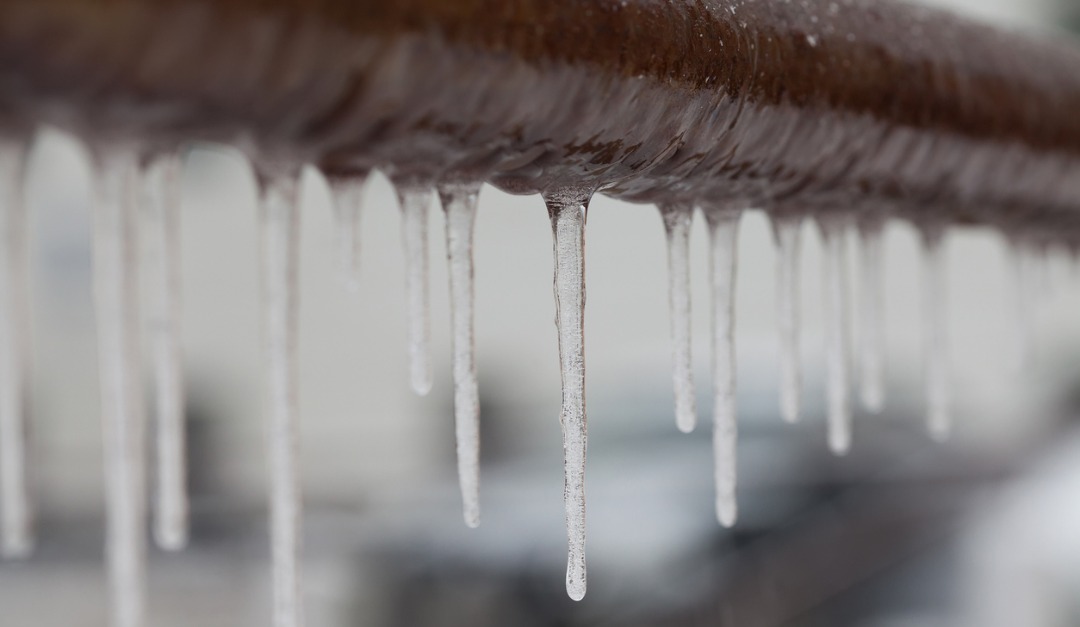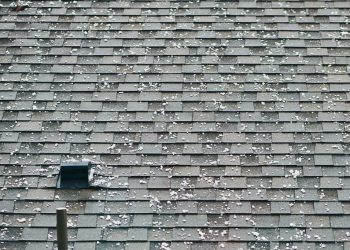A cold freeze can be your worst nightmare as a homeowner, especially if you forgot to address your winter maintenance tasks. While nothing can help a frozen pipe quite as well as preventing it from happening in the first place, there are steps you can take if a pipe freezes in your home.
Asses the Damage
Not every pipe that freezes will burst. Assess your pipe while it is still frozen. Check for visible cracks or leaks, but remember there’s more than meets the eye. Locate your main water supply and shut it off to prevent flooding. Expanding and freezing water can act as a plug, damming up any cracks it may have created.
Thaw Your Frozen Pipe
Even if there are no cracks or areas of damage on your pipe, you will likely face some spillage as the water in the pipe defrosts. Use a bucket and towels or a wet/dry vac to mitigate any mess or water damage. You can thaw your pipes with a space heater, an infrared or incandescent heat lamp, or even a hair dryer to warm the frozen pipe. Alternatively, you can also wrap your frozen pipe in heat tape to thaw a specific area according to manufacturer’s instructions. In critical spots, you can leave the heat tape on the pipe and plug it in only when needed to prevent future freezes. Never attempt to heat a frozen pipe with an open flame. This can be hazardous and also damage the pipe.
Steps to Prevent a Future Frozen Pipe
Winterization is truly worth it to protect your home’s value and keep your stress level down.
Avoid the pains of dealing with a burst or frozen pipe by:
- Insulating your pipes with foam.
- Leaving your faucets running at a trickle during a big freeze.
- Wrapping your pipes with electrical tape during a harsh freeze.
- Heating unheated areas (like garages and basements) with a permanent heater.
- Opening cabinet doors to let warm air in under sinks and inside cabinets.
Learning the hard way is never fun, but if you have to deal with a frozen pipe, there is no time like the present to get started on winterization tasks to keep it from happening again.











